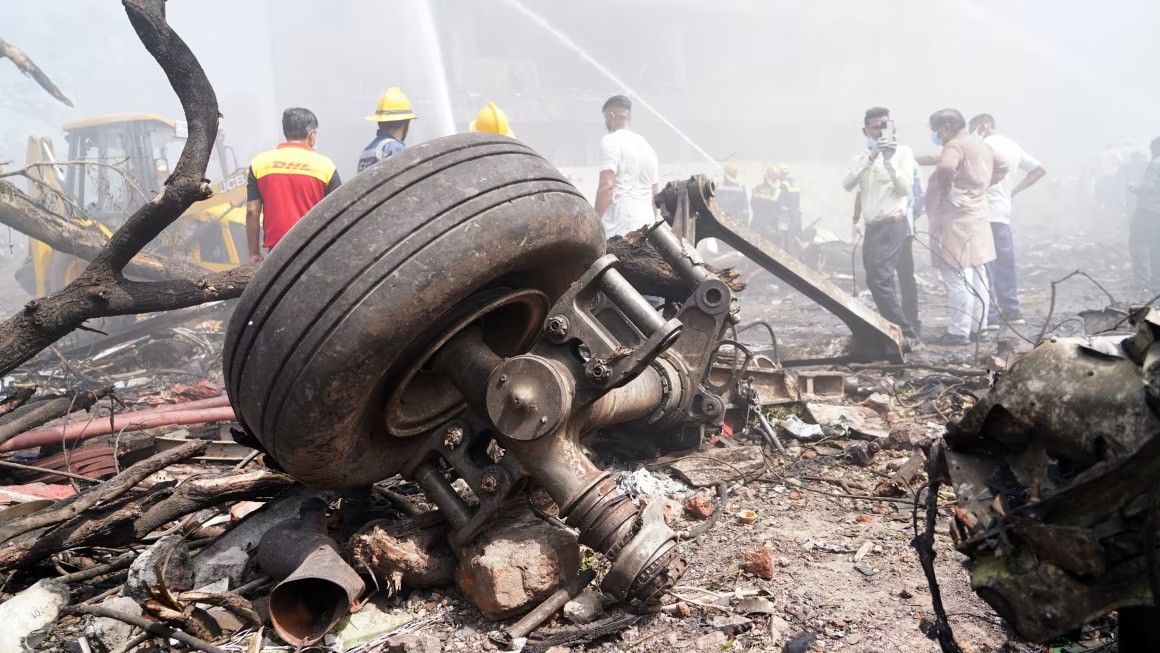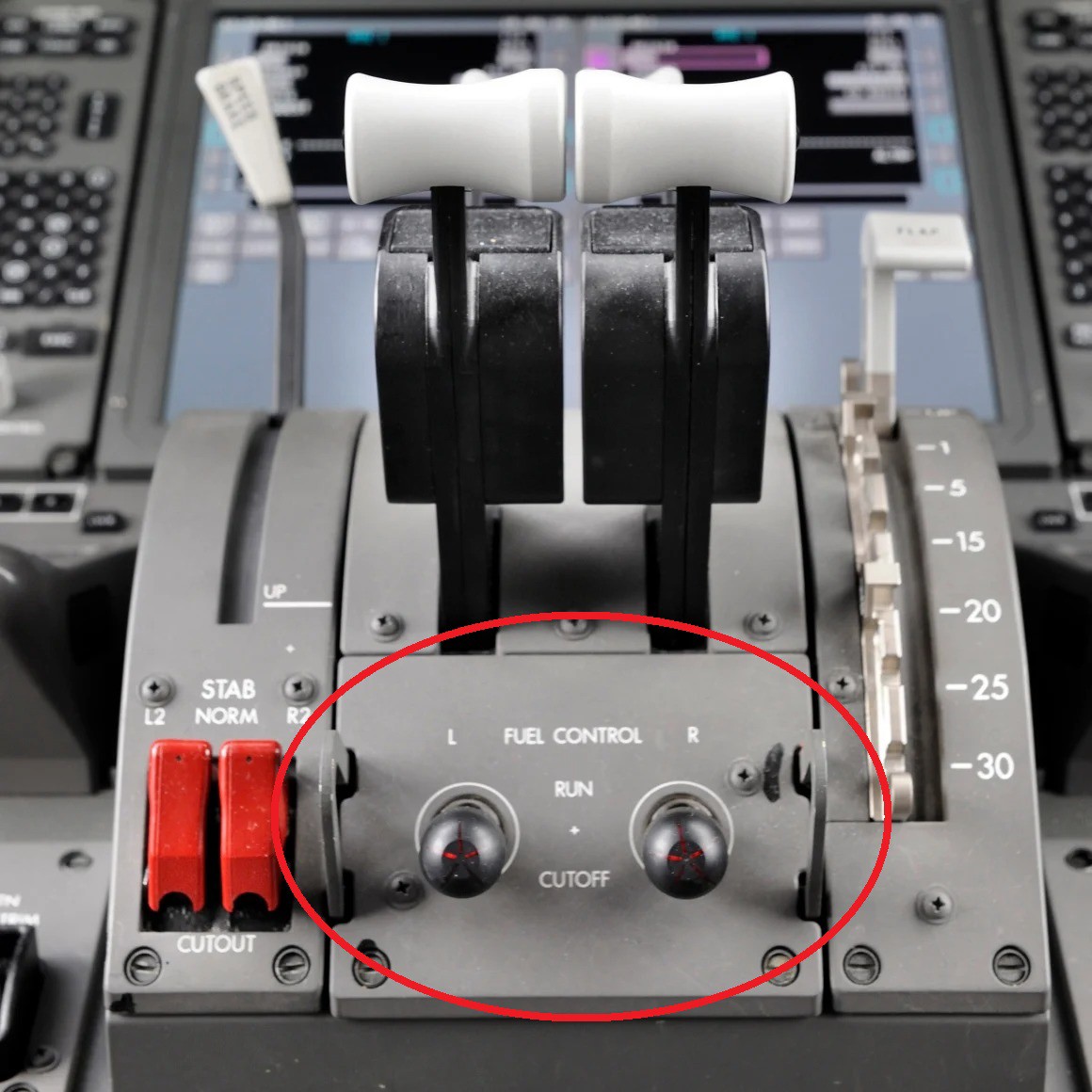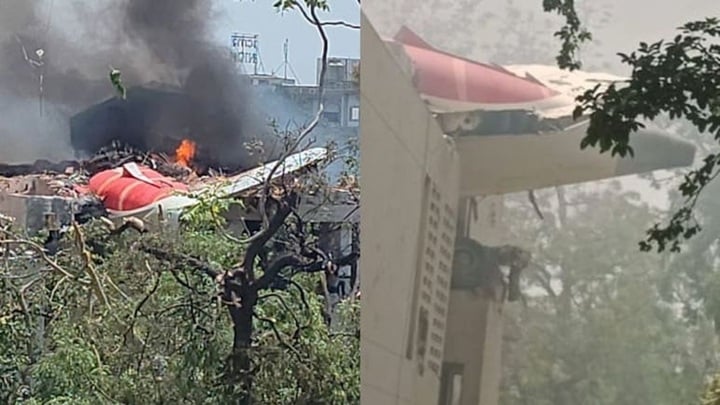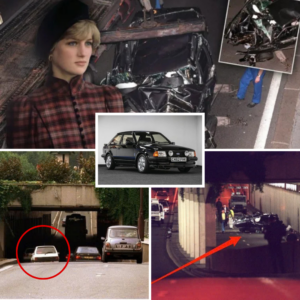On June 12, 2025, Air India Flight AI171, a Boeing 787-8 Dreamliner bound for London Gatwick, crashed less than a minute after takeoff from Ahmedabad’s Sardar Vallabhbhai Patel International Airport, killing 241 of the 242 people on board and at least 29 individuals on the ground. The catastrophic incident, one of India’s worst aviation disasters in decades, has left the global aviation community searching for answers. The recovery and analysis of the aircraft’s two black boxes—the flight data recorder (FDR) and cockpit voice recorder (CVR)—have provided critical insights into the sequence of events leading to the tragedy. A preliminary report, supported by data extracted from these devices, points to a shocking human error involving the fuel control switches as the primary cause of the crash. This article delves into the details of the black box findings, the circumstances surrounding the crash, and the broader implications for aviation safety.
The Crash: A Devastating Sequence of Events
Flight AI171, carrying 230 passengers and 12 crew members, took off at 13:37:37 IST on June 12, 2025. The aircraft, piloted by Captain Sumeet Sabharwal and First Officer Clive Kunder, reached a maximum altitude of approximately 650 feet before rapidly descending and crashing into a medical college hostel in Ahmedabad’s Meghani Nagar, just 1.5 kilometers from the runway. The impact caused multiple explosions, igniting a massive fireball that killed 19 people on the ground, including medical students and bystanders, and injured 67 others. Only one passenger, British national Vishwashkumar Ramesh, survived the crash, describing it as a “miracle” after escaping through an emergency exit.

CCTV footage and eyewitness accounts captured the harrowing moments of the crash. The aircraft was airborne for just 36 seconds, with its landing gear still extended and its nose pitched up, indicating a struggle to maintain altitude. A mayday call from Captain Sabharwal, issued seconds after takeoff, reported a “loss of power and thrust,” signaling an immediate crisis in the cockpit. The wreckage, spread over 200 meters, included parts of the plane embedded in the hostel’s dining area, underscoring the severity of the impact.
Black Box Recovery and Analysis
The investigation, led by India’s Aircraft Accident Investigation Bureau (AAIB) with support from the U.S. National Transportation Safety Board (NTSB) and U.K. investigators, quickly focused on recovering the aircraft’s black boxes. The FDR was found on June 13, 2025, on a rooftop near the crash site, while the CVR was recovered from the debris on June 16. Despite concerns about damage to one of the units, particularly the CVR, both devices were sent to the AAIB lab in Delhi for analysis. By June 25, data from the FDR was successfully downloaded, and by June 29, investigators had begun extracting information from the CVR, a critical step in unraveling the cause of the disaster.
The black boxes, technically known as Enhanced Airborne Flight Recorders (EAFRs), are designed to withstand extreme conditions. The FDR records thousands of parameters, including altitude, airspeed, engine performance, and control surface movements, while the CVR captures cockpit conversations, ambient sounds, and alarms. Together, these devices provide a comprehensive picture of the flight’s final moments. The preliminary report, released on July 8, 2025, revealed a startling finding: both engines lost thrust after their fuel control switches moved from the “RUN” to “CUTOFF” position seconds after takeoff.
The Cockpit Voice Recorder: A Moment of Confusion
The CVR data has been pivotal in understanding the human factors contributing to the crash. At 08:08:42 UTC (13:38:42 IST), approximately one second apart, the fuel control switches for Engine 1 and Engine 2 transitioned from RUN to CUTOFF. This action effectively starved the engines of fuel, causing an immediate loss of thrust. The CVR captured a chilling exchange between the pilots. One pilot, believed to be First Officer Kunder, who was flying the aircraft, asked, “Why did you cut off the fuel?” Captain Sabharwal responded, “I didn’t do it.” This brief dialogue suggests a moment of confusion and miscommunication in the cockpit, raising questions about whether the switch movement was intentional or accidental.

The CVR also recorded the mayday call, confirming Captain Sabharwal’s report of “no power, no thrust” to air traffic control (ATC). The call was made just milliseconds before the crash, leaving the pilots with virtually no time to respond to the crisis. Ambient sounds, including alarms and vibrations, further indicated the aircraft’s rapid deterioration. Experts note that the CVR’s ability to capture these details, combined with the FDR’s technical data, provides a clear timeline of the catastrophic sequence.
Theories and Contributing Factors
The preliminary report points to the fuel control switch movement as the primary cause of the engine failure, but investigators are exploring why this occurred. Several theories have emerged:
Human Error: The CVR suggests that neither pilot intentionally moved the fuel control switches. One possibility is that the switches were inadvertently toggled during the high-workload phase of takeoff. The Boeing 787’s cockpit layout places the fuel control switches on the center console, accessible to both pilots. A misreach or distraction could have led to the error.
Mechanical or Electrical Fault: Although the aircraft, registered VT-ANB, had a “clean” maintenance history according to Tata Group chairman Natarajan Chandrasekaran, investigators are examining whether a fault in the throttle control module or electrical system could have caused the switches to move unexpectedly. Maintenance records show the throttle control module was replaced in 2019 and 2023, but no issues related to fuel cutoff switches were reported.
Pilot Training and Procedures: The investigation is scrutinizing the training records of Captain Sabharwal, with 15,600 flight hours, and First Officer Kunder, with 3,400 hours. While both were experienced on the Boeing 787, the rapid onset of the crisis may have overwhelmed their ability to diagnose and correct the issue in the 36 seconds between takeoff and impact.
Other factors, such as the extended landing gear and deployed wing flaps, noted in video analysis, are also under review. The landing gear’s failure to retract suggests a possible hydraulic or electrical issue, while the extended flaps indicate the aircraft was configured for takeoff but may have encountered drag issues. A ram air turbine (RAT), which deploys in case of engine or power failure, was heard in crash footage, further supporting the theory of a sudden loss of power.
Broader Implications for Aviation Safety
The Air India crash has raised significant concerns about aviation safety, particularly in India. Mohan Ranganathan, an aviation safety expert, criticized the proximity of tall buildings, such as the six-story medical hostel, to Ahmedabad’s airport, calling it a potential safety violation. The crash has prompted India’s Directorate General of Civil Aviation (DGCA) to order additional safety checks on Air India’s Boeing 787 fleet, including pre-departure inspections and tests of engine and fuel systems. The DGCA is also considering grounding the fleet pending further investigation.

Globally, the incident has drawn attention to the Boeing 787 Dreamliner, which had no prior fatal accidents in its 16 years of operation. Boeing has deferred to the AAIB’s investigation, and GE Aerospace, the manufacturer of the GEnx-1B engines, is supporting enhanced safety inspections. The crash’s unique circumstances—occurring just 36 seconds after takeoff—highlight the need for robust pilot training and cockpit design to prevent similar errors.
The Human Toll and Response
The crash’s impact extends beyond technical analysis to the profound human loss. The 241 passengers included 169 Indian nationals, 53 Britons, seven Portuguese, and one Canadian, reflecting the diverse diaspora affected. On the ground, the deaths of medical students, a pregnant doctor’s wife, and bystanders underscored the tragedy’s ripple effects. Families, like that of Imtiaz Ali, who lost his brother Javed, are grappling with grief while awaiting DNA identification of remains.
Tata Group, which owns Air India, has pledged ₹1 crore (approximately £86,000) to the families of each victim and will cover medical costs for the injured. Prime Minister Narendra Modi visited the crash site on June 13, and relief efforts, including two flights for victims’ families, have been organized. The global response, including condolences from British Prime Minister Keir Starmer and a moment of silence at London’s Trooping the Colour, reflects the crash’s international impact.
Looking Ahead: The Investigation Continues
While the black box data has provided critical clues, the investigation is far from complete. The AAIB, following UN-prescribed protocols, aims to release a final report within 12 months. The condition of the CVR, which sustained external damage, remains a concern, but experts are optimistic that its data can be fully recovered. The decision on whether to analyze the black boxes in India or abroad is still pending, with technical and security factors under consideration.
The Air India Flight AI171 crash serves as a stark reminder of the complexities of aviation safety and the devastating consequences of even a momentary error. As investigators piece together the final moments of the flight, the focus remains on ensuring such a tragedy is never repeated. The black box recordings, with their haunting revelations, will guide the path toward answers and accountability.




